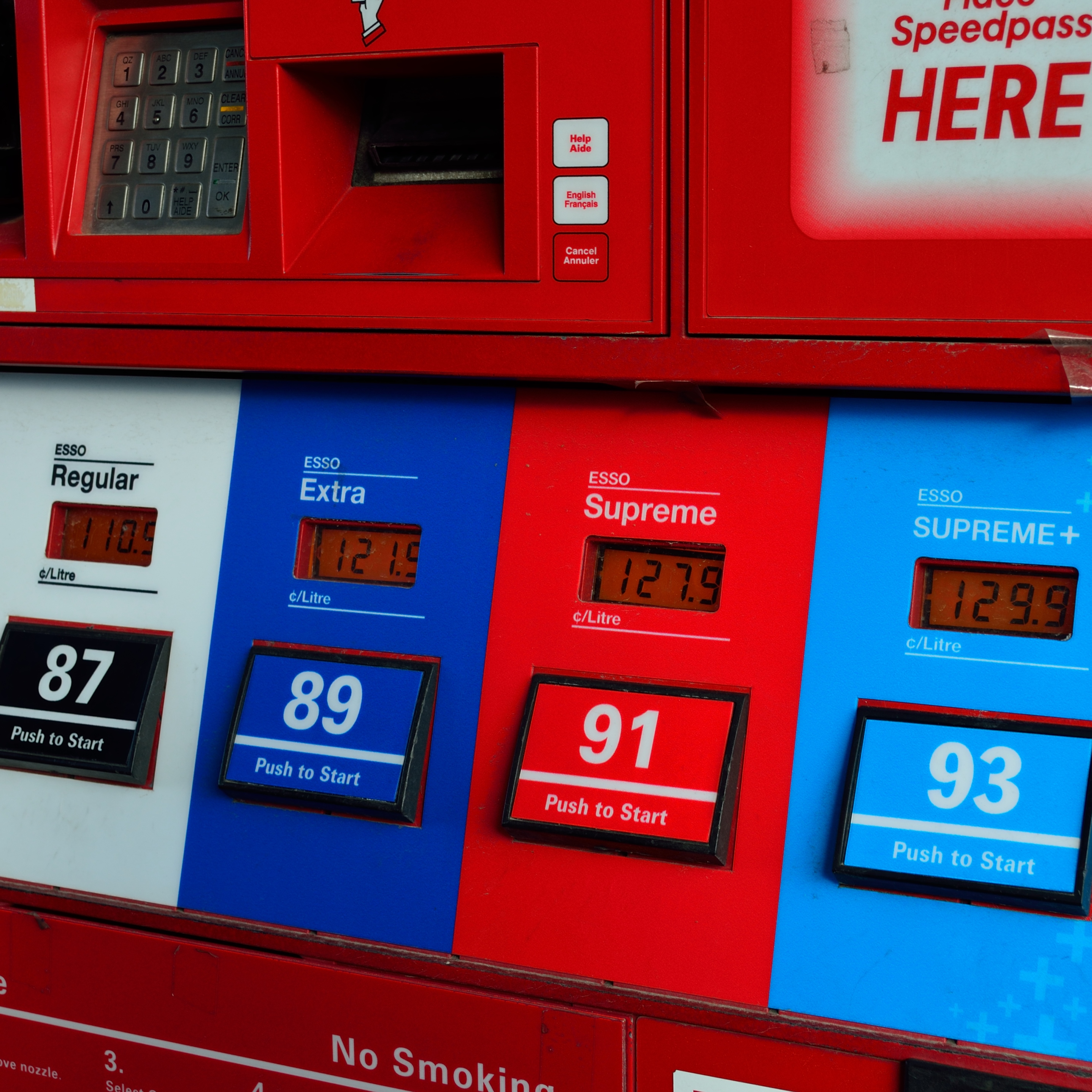Energy
US National Average Gasoline Price Jumps After US Ditches Iran Deal

Published:
Last Updated:

The average U.S. price for a gallon of regular gasoline rose by six cents last week to start the new week at $2.87, according to the latest data from GasBuddy. Month over month, the price is up 15.5 cents a gallon, and it is nearly 53 cents a gallon higher year over year. Last month the national average was $2.715, while the year-ago average was $2.342.
Pump prices rose in all 50 states and the District of Columbia last week. Crude prices for West Texas Intermediate (WTI) rose above $71 a barrel, its highest level since 2014. The jump occurred following the announcement that the United States is pulling out of the agreement reached in 2016 to lift sanctions on Iran in exchange for Iran’s agreement to halt its nuclear weapons development.
U.S. petroleum inventories fell last week, with crude oil stockpiles down by 2.2 million barrels and gasoline inventories down by the same amount. Crude oil exports fell below 2 million barrels a day for the first time in three weeks.
Patrick DeHaan, head of petroleum analysis at GasBuddy, said:
Gas prices saw one of the largest weekly increases since Hurricane Harvey in the last week as oil prices continued to surge, leading to sharply higher prices at the pump, putting the U.S. in peril of striking the $3/gallon level for the first time since 2014. Some of the factors at play in the rising prices: President Trump’s withdraws the U.S. from the nuclear deal with Iran and oil supplies that have continued to drop as U.S. exports surpass Venezuela—a surprising feat given Venezuela has the largest proven oil reserves in the world. In addition, as money continues to flow into commodities as bets for higher oil prices rise, there’s a strong chance of seeing crude oil prices continue to rally in the weeks ahead, with the odds of hitting $3/gallon nationally now better than 65% just in time for the summer driving season.
According to GasBuddy, states where prices moved most last week were: Ohio (up 15 cents); Delaware (up 11 cents); Michigan, Florida and Wyoming (up 10 cents); and Minnesota, Kentucky, Missouri and West Virginia (up nine cents).
States with the lowest average prices last week included: Mississippi ($2.56); Arkansas ($2.57); South Carolina, Louisiana and Alabama ($2.58); Oklahoma ($2.59); Tennessee and Missouri ($2.61); Kansas ($2.63); and Texas ($2.65).
The highest average prices per gallon last week were reported from California ($3.68); Hawaii ($3.63); Washington ($3.35); Alaska ($3.30); Nevada ($3.27); Oregon ($3.23); Utah ($3.18); Idaho ($3.11); Connecticut ($3.06); and Pennsylvania ($3.03).
WTI crude oil for June delivery traded up about 0.3% in the noon hour Monday to $70.90, while Brent for July delivery traded at $77.97. The price differential (spread) between WTI and Brent crude closed by $1.59 to $7.07 a barrel week over week.
Let’s face it: If your money is just sitting in a checking account, you’re losing value every single day. With most checking accounts offering little to no interest, the cash you worked so hard to save is gradually being eroded by inflation.
However, by moving that money into a high-yield savings account, you can put your cash to work, growing steadily with little to no effort on your part. In just a few clicks, you can set up a high-yield savings account and start earning interest immediately.
There are plenty of reputable banks and online platforms that offer competitive rates, and many of them come with zero fees and no minimum balance requirements. Click here to see if you’re earning the best possible rate on your money!
Thank you for reading! Have some feedback for us?
Contact the 24/7 Wall St. editorial team.